Hotel interior design is crucial for creating a memorable and enjoyable guest experience. A well-designed space can elevate a guest’s stay, while a poorly designed one can lead to discomfort and frustration. The evolution of hotel design reflects changing societal values, technological advancements, and shifting traveller expectations. From grand opulence to sleek minimalism, hotel design has adapted to meet the needs of each era.
Today, hotel design prioritizes comfort, sustainability, and personalized experiences, incorporating natural materials, flexible spaces, and cutting-edge technology. As traveller preferences evolve, hotel interior design must adapt to balance aesthetics, functionality, and innovation.
Understanding Hotel Design Elements
When it comes to crafting a captivating hotel space, several key elements come into play.
- Color schemes and palettes set the tone for a hotel’s atmosphere, influencing guest emotions and perceptions. Carefully selected hues can create warmth, serenity, or energy, depending on the desired ambiance.
- Lighting design has a profound impact on the guest experience, affecting mood, comfort, and navigation. Well-designed lighting can highlight architectural features, create cozy nooks, and enhance safety.
- Furniture selection and layout are critical in defining a hotel’s functionality and aesthetic. Pieces must be both comfortable and stylish, while layout considerations ensure seamless guest flow and conversation areas.
- Textiles and materials add depth and tactility to a hotel space, with choices like plush carpets, rich wood tones, and sumptuous fabrics contributing to a warm, inviting environment.
- Art and accessories provide the finishing touches, injecting personality and character into a hotel’s design. Thoughtfully curated pieces can spark conversation, create a sense of place, and leave a lasting impression on guests.
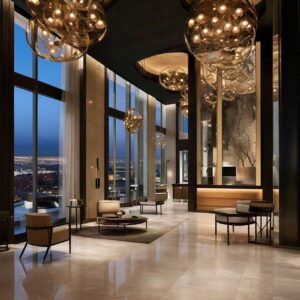
Hotel Design Styles and Trends
When it comes to hotel design, the options are endless. Here, we explore five distinct styles and trends that are making waves in the industry.
Modern and contemporary design is all about clean lines, minimal ornamentation, and an emphasis on function over form. This style is perfect for hotels that want to exude a sense of sleek sophistication and cutting-edge technology.
At the other end of the spectrum, traditional and classic design celebrates the elegance of a bygone era. Rich furnishings, intricate patterns, and ornate details create a warm, inviting atmosphere that’s steeped in history and heritage.
Boutique and luxury design takes a more bespoke approach, often incorporating unique artwork, bold color schemes, and opulent materials. This style is all about creating an immersive experience that’s tailored to the individual guest.
Sustainable and eco-friendly design is becoming increasingly important, as hotels seek to reduce their environmental footprint. From reclaimed wood to energy-efficient lighting, this style prioritizes the planet without sacrificing style or comfort.
Finally, current trends and forecasts point to a future where technology and wellness take centre stage. Expect to see hotels incorporating AI-powered concierges, biophilic design elements, and innovative wellness programs that cater to the modern traveller’s desire for self-care and connection.

Designing Hotel Spaces
When it comes to hotel design, every space matters. Here are some examples of how different areas of a hotel can be designed to create a memorable experience:
The lobby and reception areas set the tone for a guest’s stay, blending style, comfort, and functionality. For example:
– A sleek and modern front desk with a friendly staff
– Comfortable seating areas with charging stations and complimentary Wi-Fi
– A stunning light fixture or art installation that creates a sense of drama
Guest rooms and suites are sanctuaries for weary travellers, requiring a delicate balance of comfort, technology, and aesthetics. Consider:
– Plush bedding and pillows with a choice of firmness
– Smart TVs with streaming capabilities and wireless charging
– A spacious bathroom with a rainfall showerhead and luxurious amenities
Restaurants and bars are the heart of a hotel’s social scene, offering a culinary journey that’s both delicious and visually stunning. Think:
– A signature restaurant with a focus on local and seasonal ingredients
– A rooftop bar with stunning views and creative cocktails
– A cozy lounge with a fireplace and live music
Meeting and event spaces must be versatile, catering to diverse needs while maintaining a seamless, stress-free experience. For example:
– State-of-the-art audio-visual equipment and technical support
– Flexible room layouts and customizable catering options
– A dedicated event planner to ensure every detail is taken care of
Wellness and spa areas are serene oases, nurturing body and soul with soft lighting, soothing colors, and natural textures. Consider:
– A peaceful spa with treatment rooms and a relaxation lounge
– A fitness center with cardio equipment and free weights
– A yoga studio with classes and workshops for guests
Hotel Branding and Identity
A strong hotel brand identity is crucial for standing out in a crowded market. Developing a hotel brand identity involves creating a unique and cohesive visual language that reflects the hotel’s values and personality. This includes:
– Defining the brand’s mission, vision, and values
– Creating a consistent design language across all touchpoints
– Developing a brand storytelling strategy through design elements
Consistency is key to building a strong brand identity. This means ensuring that every aspect of the hotel’s design, from the logo to the room decor, aligns with the brand’s visual language.
Conclusion
Hotel interior design plays a pivotal role in crafting memorable guest experiences and setting a property apart in a competitive market. By integrating aesthetics with practicality, and embracing emerging trends such as sustainability, advanced technology, and wellness, hotels can create environments that truly resonate with today’s discerning travellers. From the welcoming ambiance of the lobby to the serene comfort of guest rooms, each design element should reflect the hotel’s unique brand identity and values. Thoughtful design not only elevates the guest experience but also strengthens the hotel’s market position, ensuring lasting appeal and a strong reputation. Investing in strategic, innovative design is essential for any hotel aiming to captivate and retain guests while reflecting its commitment to excellence and sustainability.

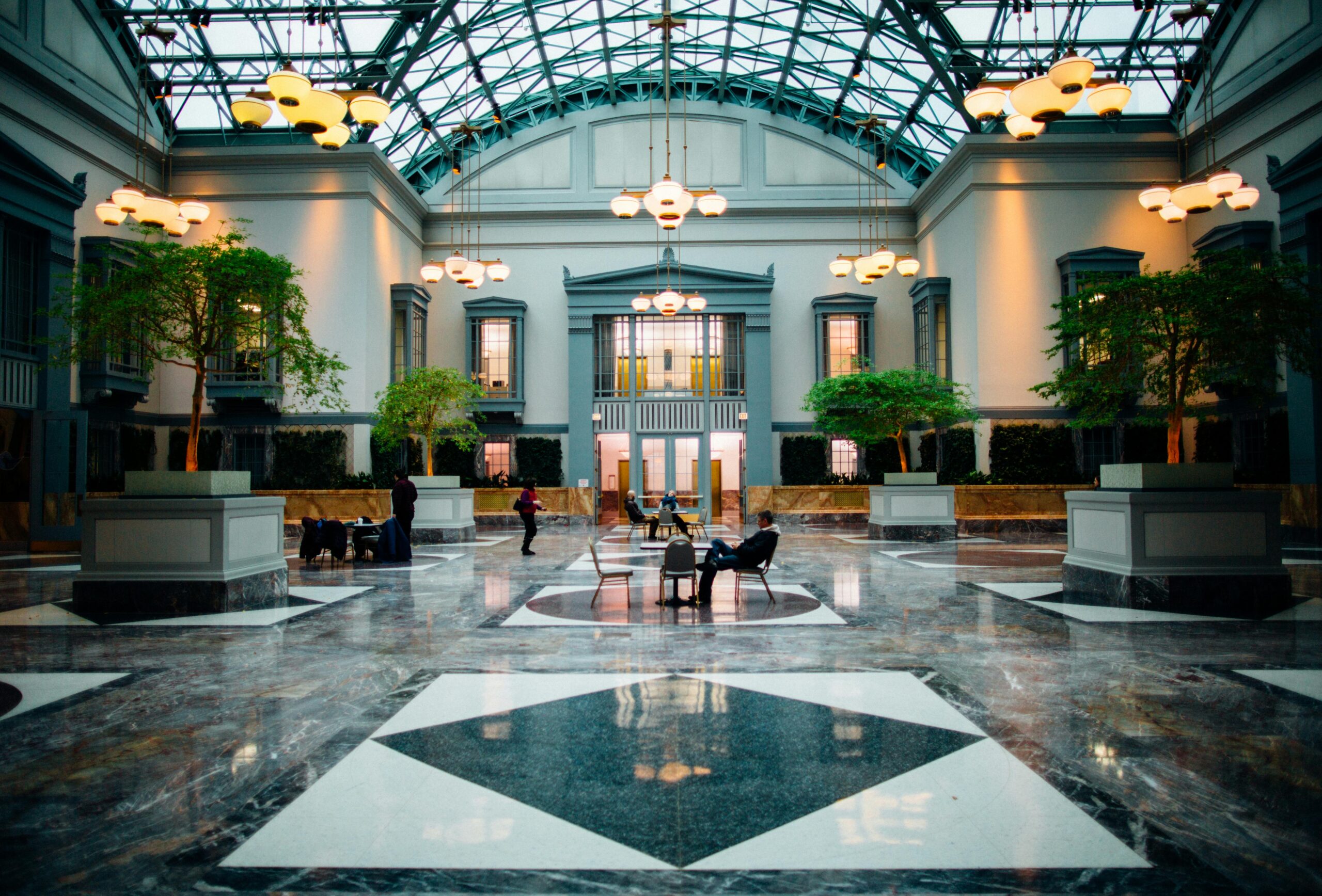
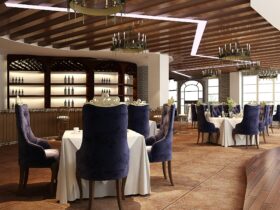

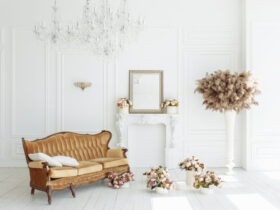
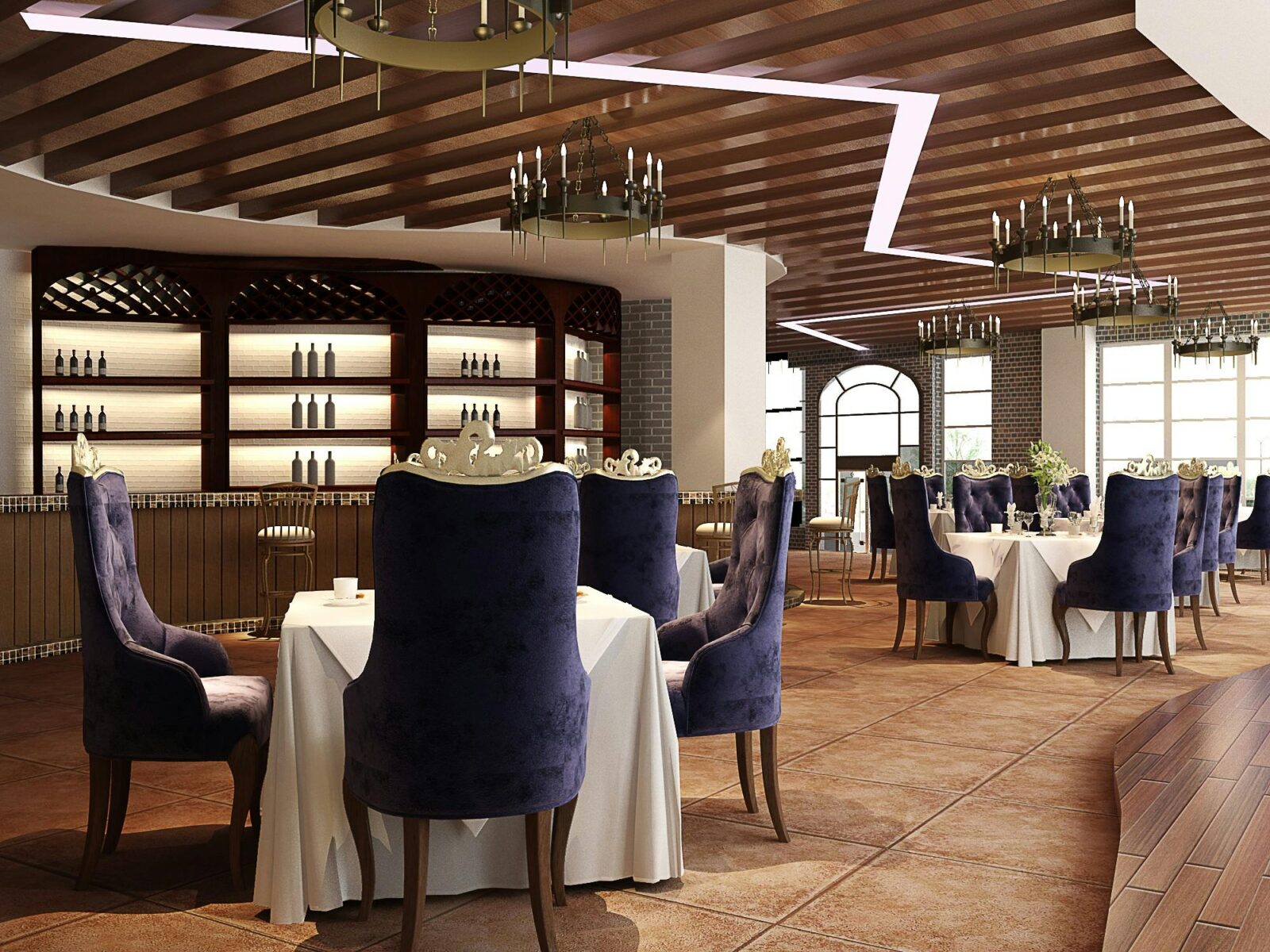
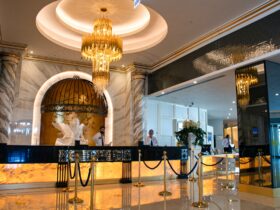
Find Us on Socials